
Centre for Developmental Neurobiology
@devneuro.bsky.social
Mechanisms of brain development. IoPPN, King's College London
Reposted by Centre for Developmental Neurobiology
Sneak peek of the exhibition happening today👀🤞
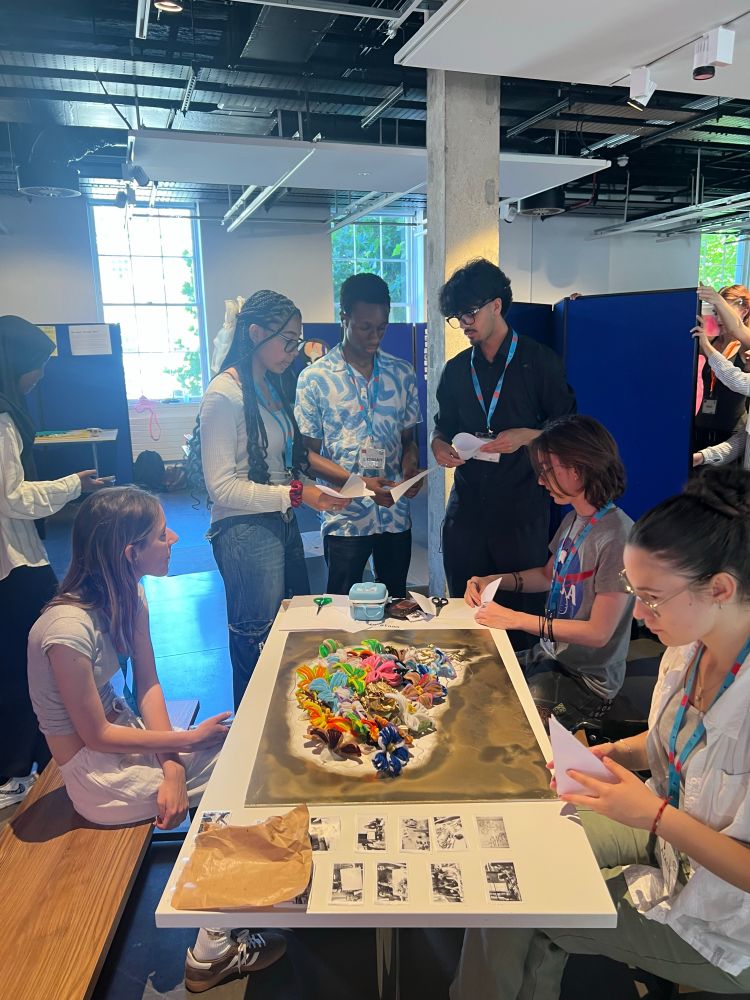

July 11, 2025 at 10:40 AM
Sneak peek of the exhibition happening today👀🤞
Reposted by Centre for Developmental Neurobiology
10/10 Here’s the paper @nature.com if you want to dig in www.nature.com/articles/s41... That’s it. Thanks for sharing! @devneuro.bsky.social @mrc-cndd.bsky.social @kingsioppn.bsky.social @kingscollegelondon.bsky.social @erc.europa.eu
www.nature.com
April 30, 2025 at 3:12 PM
10/10 Here’s the paper @nature.com if you want to dig in www.nature.com/articles/s41... That’s it. Thanks for sharing! @devneuro.bsky.social @mrc-cndd.bsky.social @kingsioppn.bsky.social @kingscollegelondon.bsky.social @erc.europa.eu
Reposted by Centre for Developmental Neurobiology
9/10 In sum, our findings identify a previously unknown form of interneuron plasticity and strengthen the idea that neuropeptide signalling plays crucial roles in maintaining neural circuit stability. Funded by the magnificents @erc.europa.eu and Rosetrees Trust
April 30, 2025 at 3:12 PM
9/10 In sum, our findings identify a previously unknown form of interneuron plasticity and strengthen the idea that neuropeptide signalling plays crucial roles in maintaining neural circuit stability. Funded by the magnificents @erc.europa.eu and Rosetrees Trust
Reposted by Centre for Developmental Neurobiology
8/10 Importantly, this mechanism also regulates the connectivity of PV interneurons during learning, for example, in a fear-conditioning paradigm
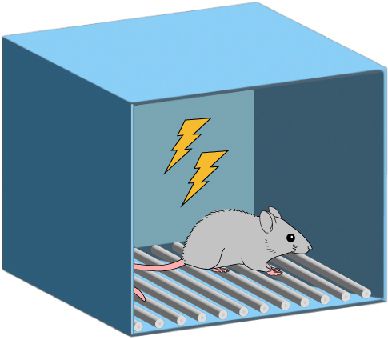
April 30, 2025 at 3:12 PM
8/10 Importantly, this mechanism also regulates the connectivity of PV interneurons during learning, for example, in a fear-conditioning paradigm
Reposted by Centre for Developmental Neurobiology
7/10 For PV interneurons, Vgf is the critical gene modulating the plasticity of inhibitory inputs received from other PV interneurons
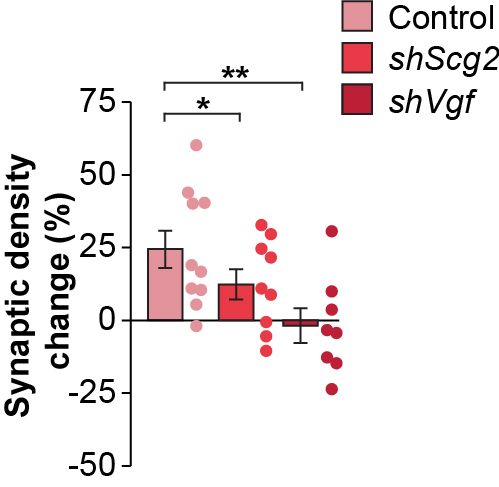
April 30, 2025 at 3:12 PM
7/10 For PV interneurons, Vgf is the critical gene modulating the plasticity of inhibitory inputs received from other PV interneurons
Reposted by Centre for Developmental Neurobiology
6/10 Incidentally, the Greenberg lab described a few years ago that hippocampal pyramidal cells use Scg2 to modulate the inhibition they receive from PV and CCK interneurons. You can find their paper here www.nature.com/articles/s41...
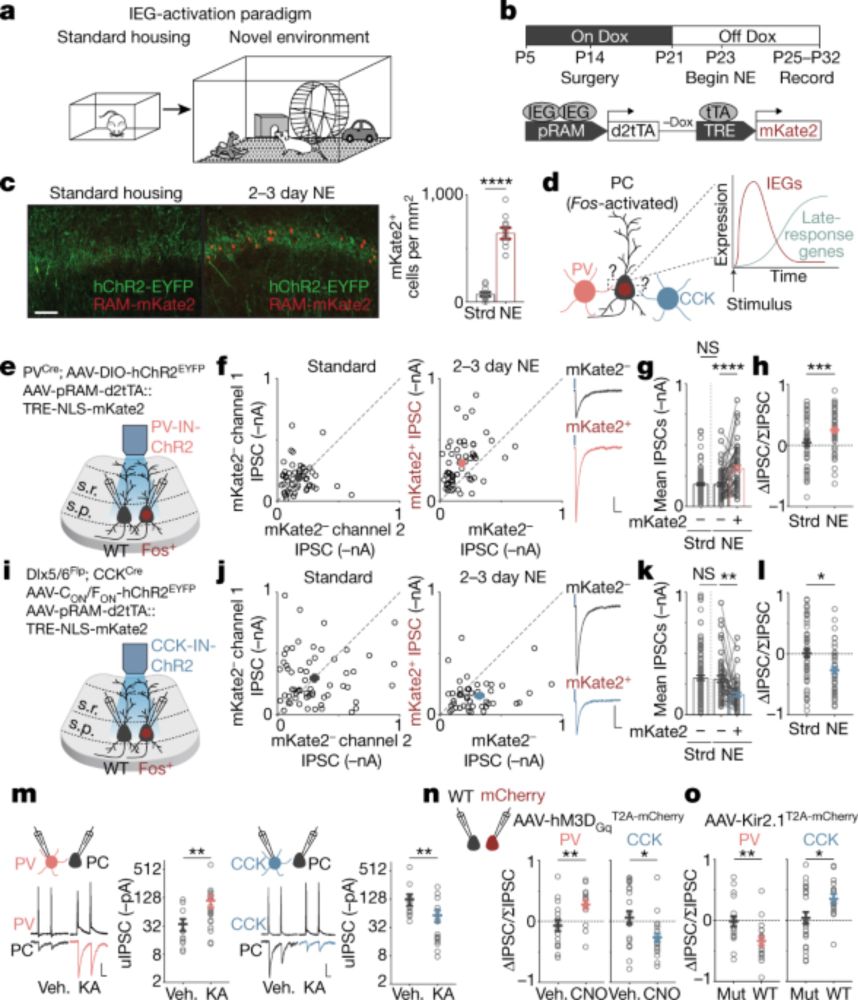
Bidirectional perisomatic inhibitory plasticity of a Fos neuronal network - Nature
Novel experiences in mice lead to opposing effects on inhibition of Fos-activated hippocampal CA1 pyramidal neurons by parvalbumin- and cholecystokinin-expressing interneurons, revealing the role...
www.nature.com
April 30, 2025 at 3:12 PM
6/10 Incidentally, the Greenberg lab described a few years ago that hippocampal pyramidal cells use Scg2 to modulate the inhibition they receive from PV and CCK interneurons. You can find their paper here www.nature.com/articles/s41...
Reposted by Centre for Developmental Neurobiology
5/10 How is this achieved? We found that PV interneurons induce the expression of two genes encoding multiple neuropeptides, Scg2 and Vgf, in response to increased activity

April 30, 2025 at 3:12 PM
5/10 How is this achieved? We found that PV interneurons induce the expression of two genes encoding multiple neuropeptides, Scg2 and Vgf, in response to increased activity
Reposted by Centre for Developmental Neurobiology
4/10 Using experimental manipulations, we found that PV interneurons scale the inhibition they receive to maintain stability. When the activity of a PV interneuron increases, it “requests” more inhibitory inputs from other PV+ interneurons, effectively rebalancing its activity
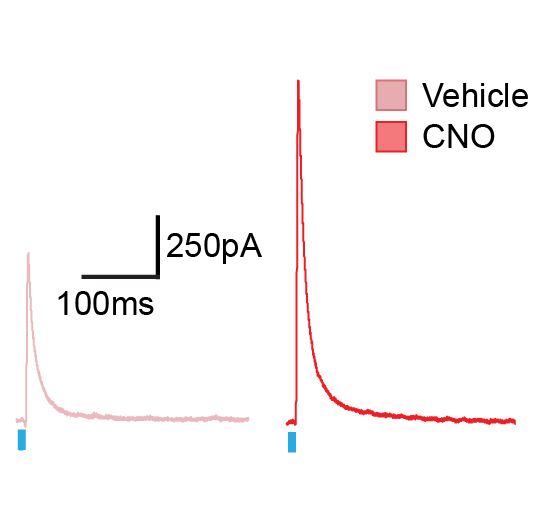
April 30, 2025 at 3:12 PM
4/10 Using experimental manipulations, we found that PV interneurons scale the inhibition they receive to maintain stability. When the activity of a PV interneuron increases, it “requests” more inhibitory inputs from other PV+ interneurons, effectively rebalancing its activity
Reposted by Centre for Developmental Neurobiology
3/10 Neuronal activity operates within a tightly controlled range for the optimal functioning of #brain circuits. When synaptic connectivity and network activity are modified, such as when we are learning, compensatory mechanisms are needed to maintain stability

April 30, 2025 at 3:12 PM
3/10 Neuronal activity operates within a tightly controlled range for the optimal functioning of #brain circuits. When synaptic connectivity and network activity are modified, such as when we are learning, compensatory mechanisms are needed to maintain stability


